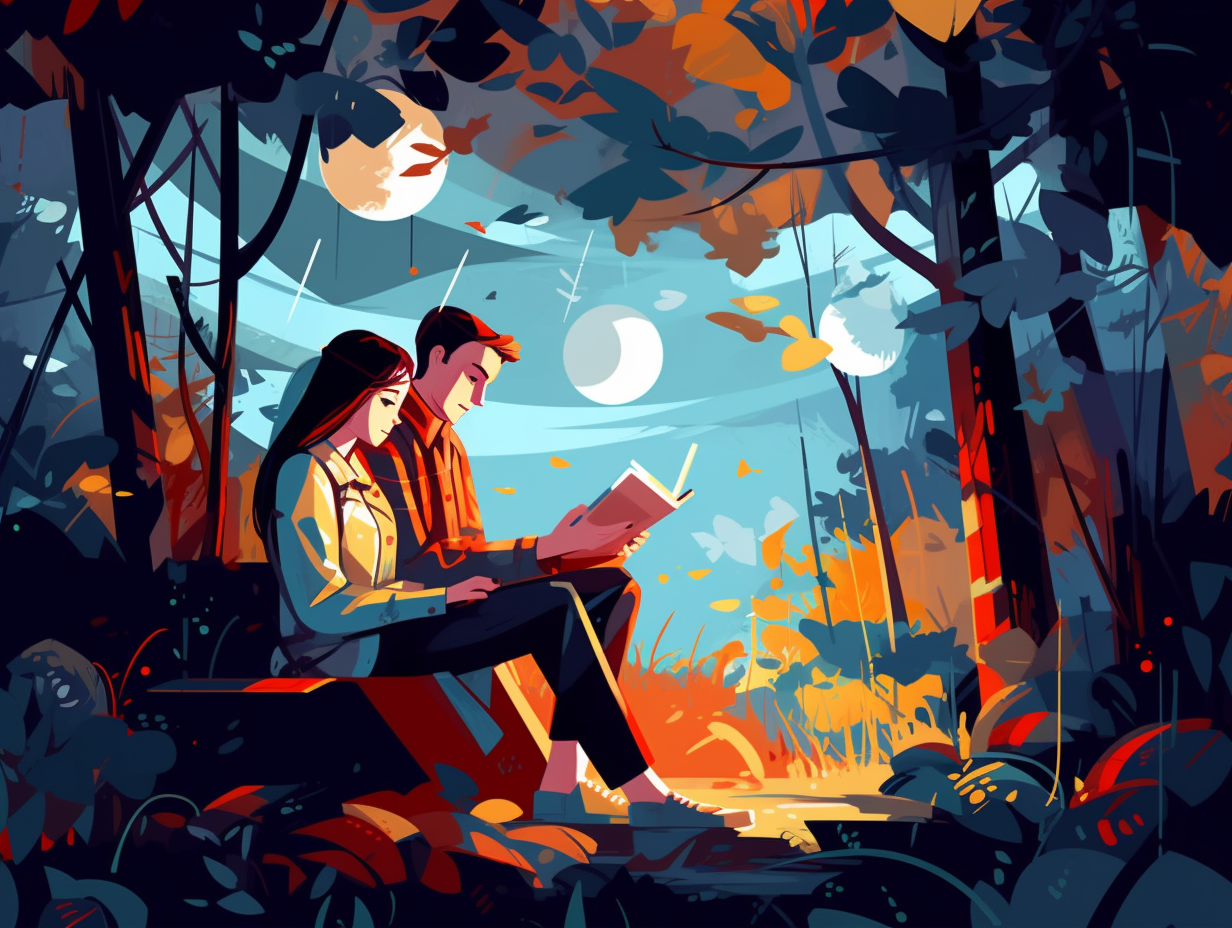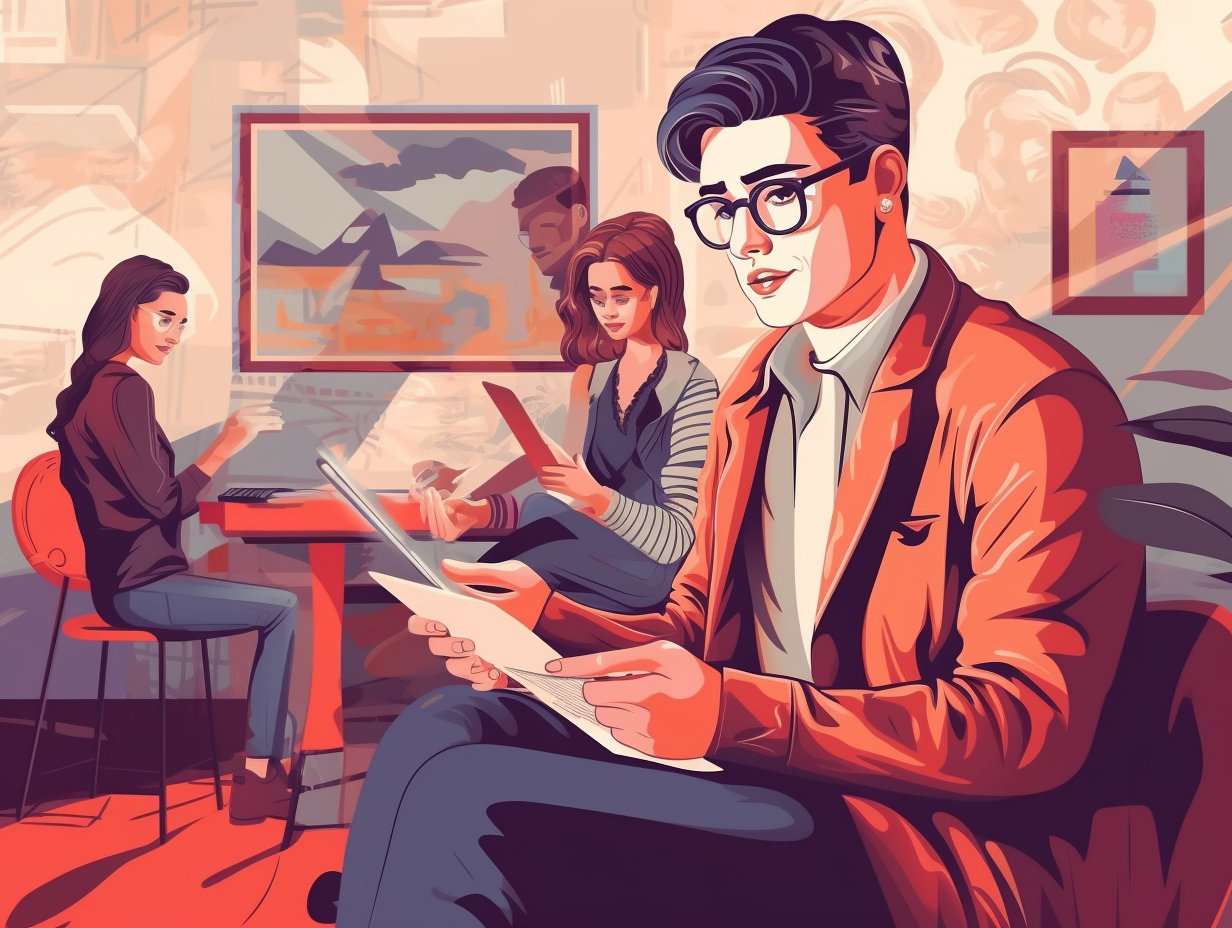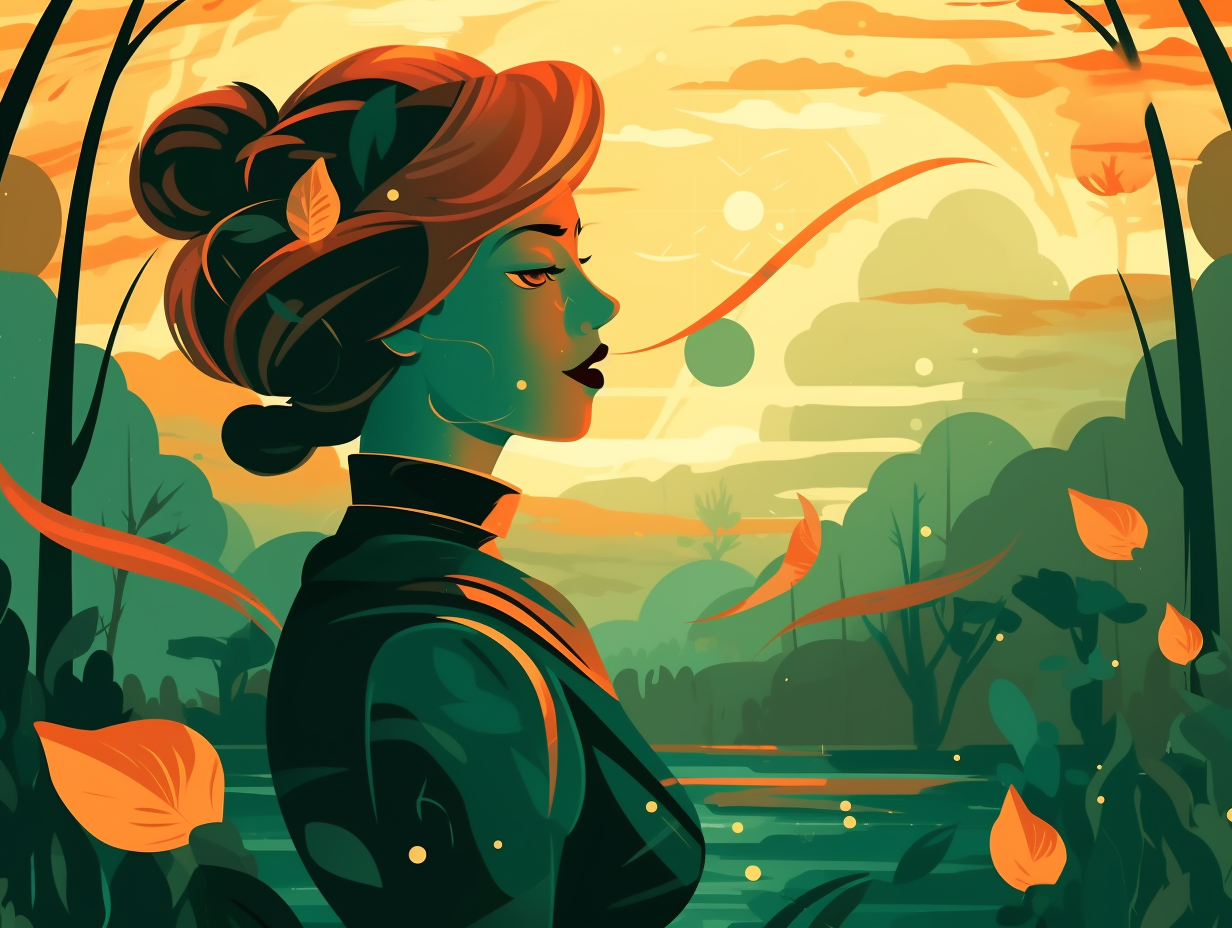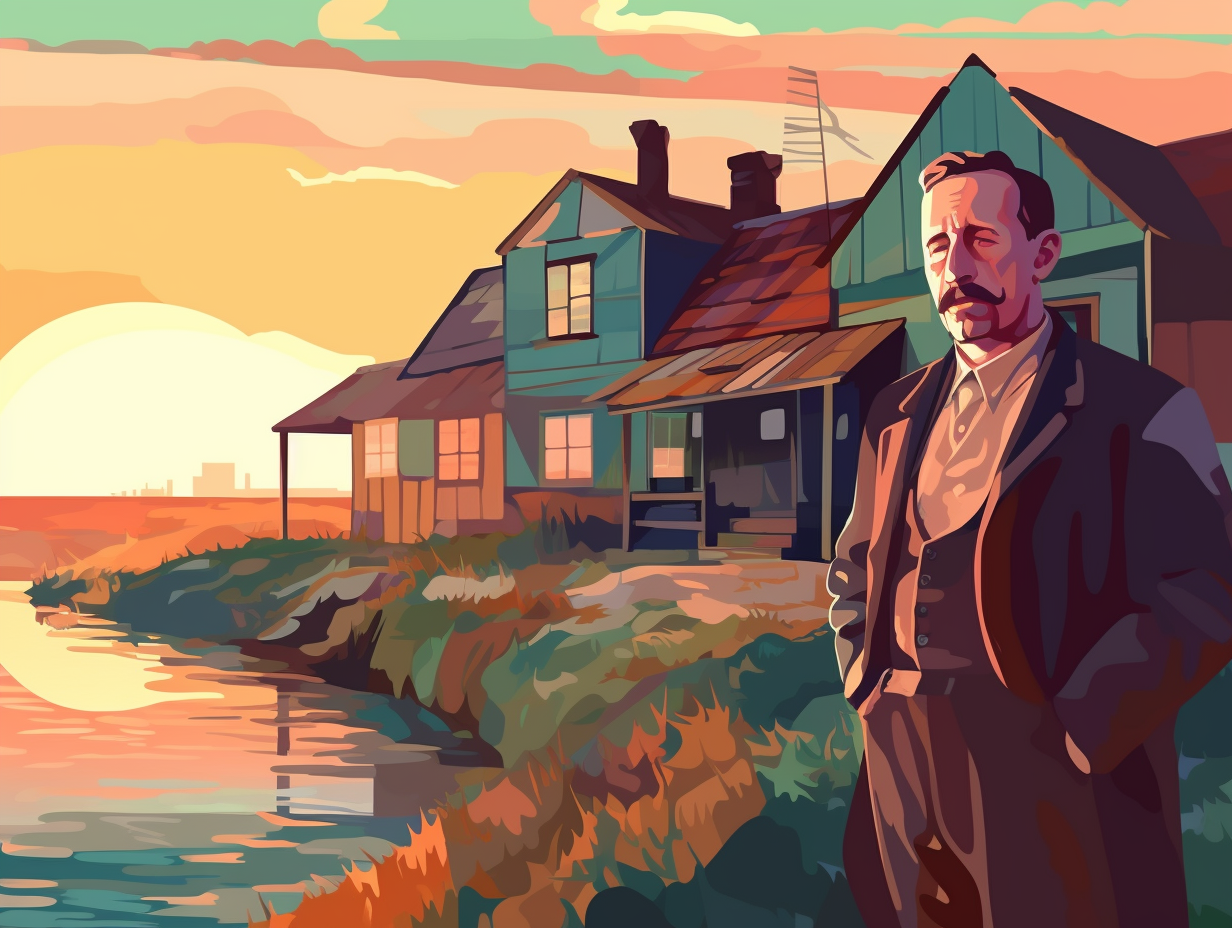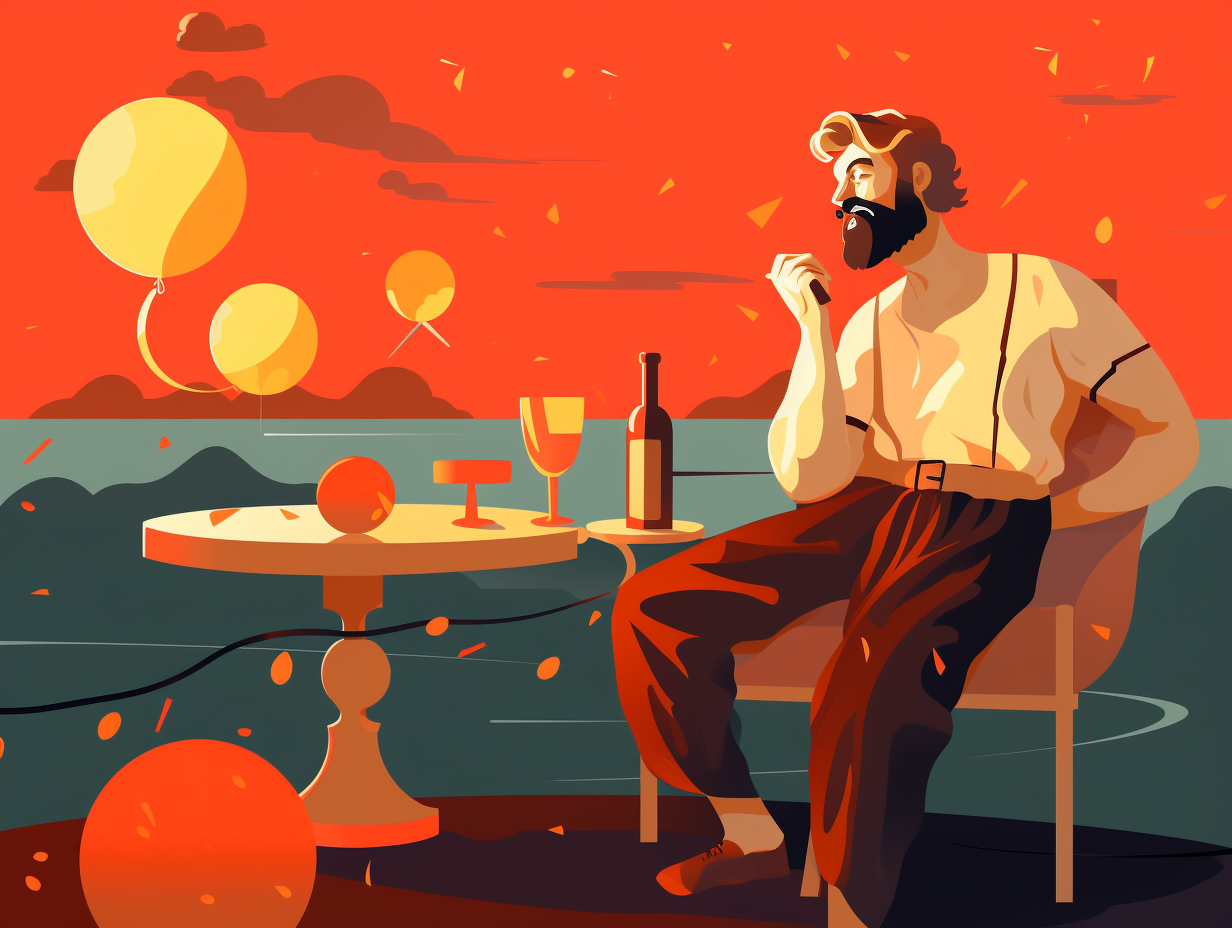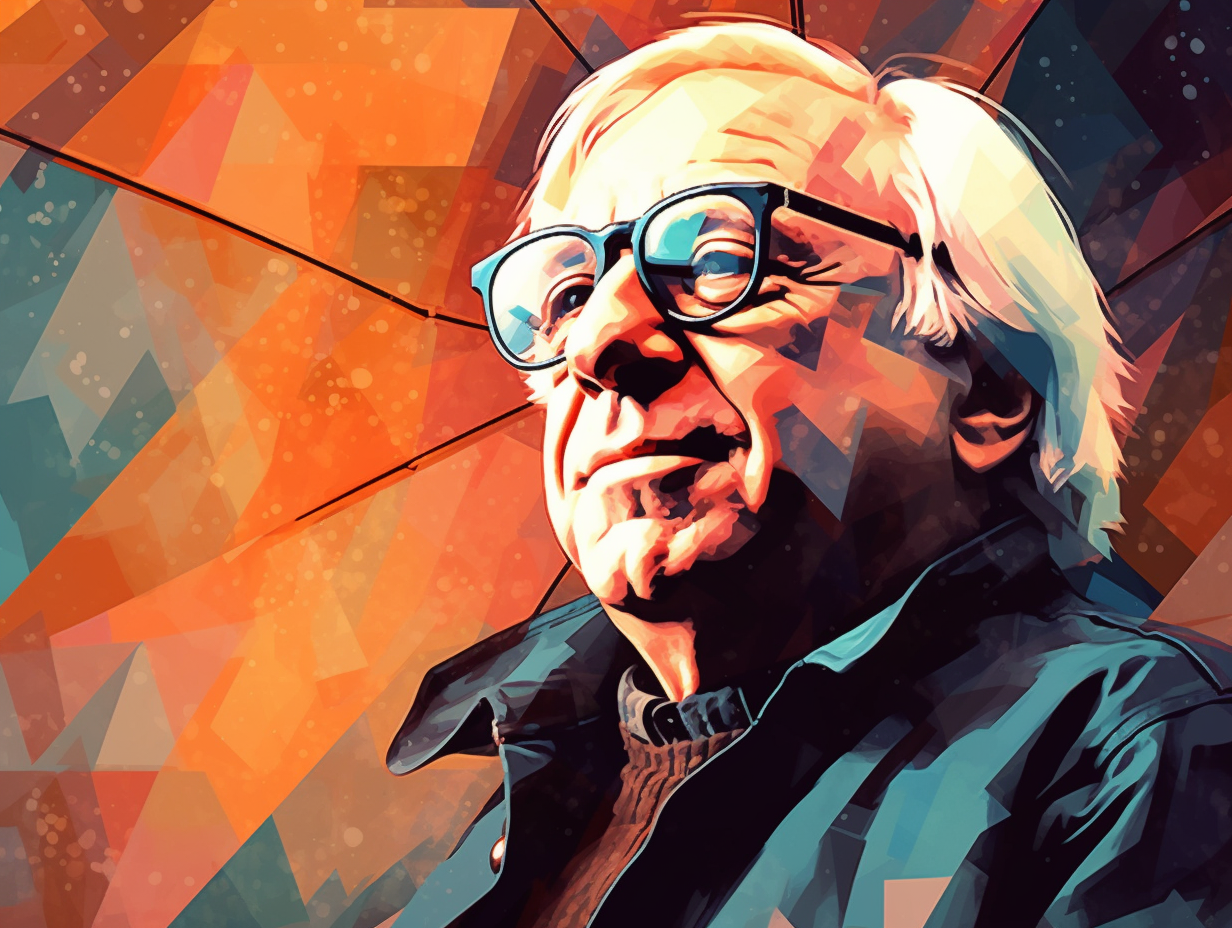Uncover the Magic: Top 8 Fun Facts About Reading You Never Knew!

1. Baboon Bookworms
Well, I'll be a monkey's uncle: It turns out that baboons can recognize word-like patterns on a computer screen and differentiate them from non-words. After six weeks of training, these hairy intellects could discern dozens of words with almost 75% accuracy, leading researchers to believe that reading may have its roots in animals' ability to distinguish objects—not in verbal communication demands. So next time you find yourself tangled up in a heavy book, remember that it might just be your primal instincts at work!
Source => latimes.com
2. Mesopotamian Poolside Reads
Who needs the alphabet when you can have shapely wedges on clay tablets? Mesopotamians knew the secret to a great poolside read back in 3400 B.C.: They invented cuneiform, the earliest known form of writing, using reed styluses to carve sexy wedge-shaped symbols for words, syllables, and sounds on clay tablets. Alas, simpler alphabets stole the limelight, but fear not – scholars and technology keep cuneiform alive and kicking for us to enjoy today, with a plethora of untranslated documents waiting for an encore.
Source => getty.edu
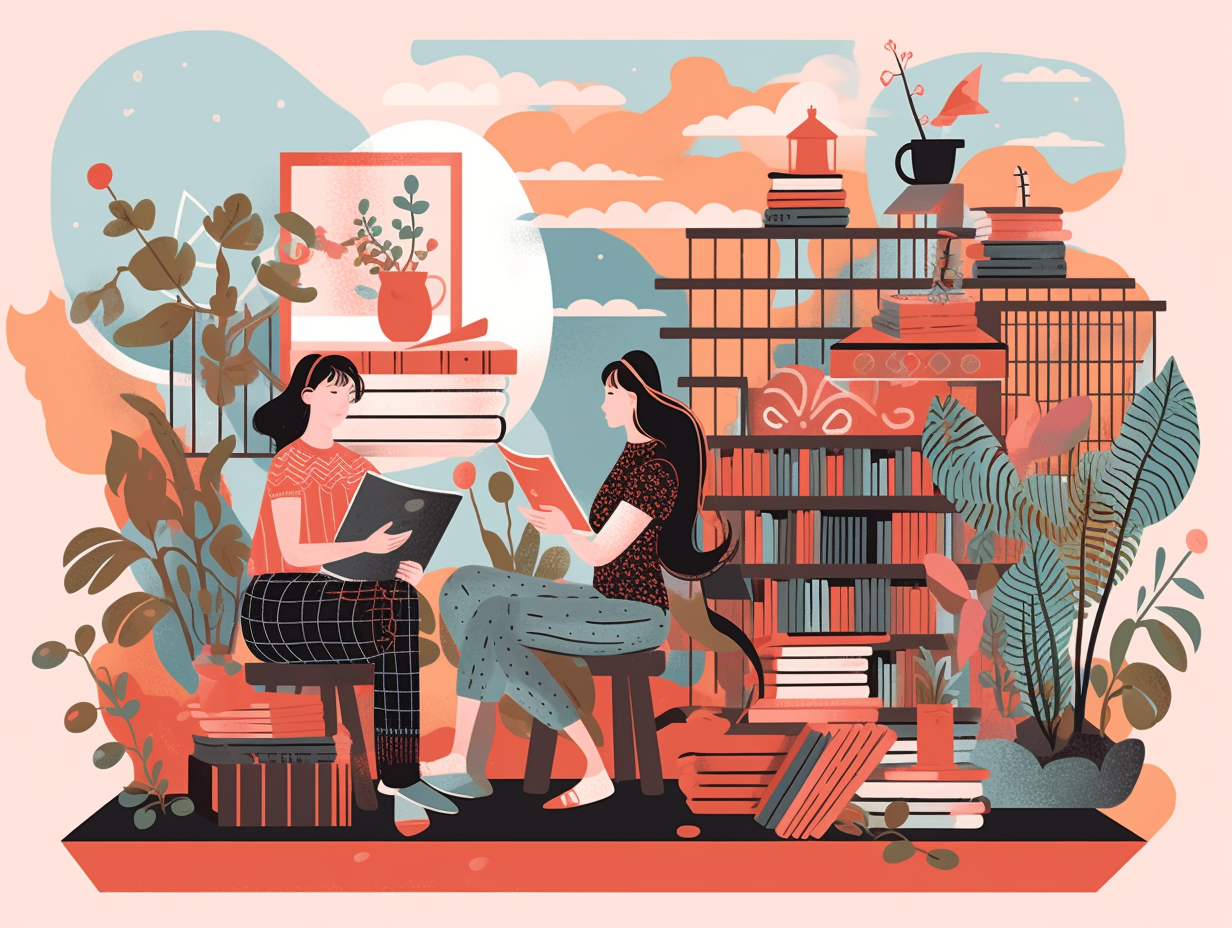
Did you know the world's smallest printed book, "Flowers of the Four Seasons," measures a tiny 0.74 x 0.75 mm? Discover this minuscule marvel at the Toppan Printing Museum in Tokyo, Japan! 📚🔎
=> Fun Facts about Books
3. Codex: The Original Trendsetter
Move over, ancient-scroll-reading hipsters: the sleek and savvy codex was already stealing the literary limelight in 5th century Egypt! This bound beauty boasted some serious advantages over its parchment predecessor, like compactness, sturdiness, economic use of materials, and easy referencing, leading it to completely overshadow scrolls by the 6th century in the Christianized Greco-Roman world. In fact, this bookish breakthrough has been hailed as the greatest advancement in literature since Gutenberg's press got its groove on.
Source => en.wikipedia.org
4. Medieval Armor for Bibliophiles
Talk about some "udderly" tough books: Medieval manuscripts were often made from the skin of sheep or cows, transformed into parchment through an intricate process, resulting in a material strong enough to last for over a thousand years - but no, bibliophiles of the time didn't fashion these hide-based pages into personal protective equipment!
Source => web.ceu.hu

5. Stress Relief Between the Pages
Forget that "keep calm and carry on" poster! If you're feeling stressed, all you need is a book, a comfy chair, and maybe a monocle for extra flair: Reading for just six minutes can reduce stress levels more effectively than other popular methods like listening to music, sipping tea, or taking a stroll, according to a study by cognitive neuropsychologist Dr. David Lewis.
Source => blog.elevateapp.com
6. E-readers vs. Sleep
Can't sleep, robot? Your e-reader might be to blame, not the absurd amount of caffeine you've consumed: A study from Harvard Medical School found that light-emitting e-readers affect our body clocks and reduce melatonin levels, resulting in poorer sleep quality and longer time to fall asleep compared to reading from a traditional paper book.
Source => twosidesna.org
7. Vanilla-scented Classics
You know that feeling when you can't decide whether to grab a classic novel or a vanilla-scented candle for a cozy evening? Well, it turns out that old books actually have you covered on both fronts: As the lignin in wood-based paper breaks down over time, it releases a hint of vanilla scent due to its close relationship with vanillin, a compound found in vanilla. But that's not all – aging books also emit a unique concoction of grassy notes, tangy acids, and underlying mustiness, making them as irresistible as they are impossible to replicate.
Source => pewresearch.org
8. From Spectacles to Stargazing
Hold on to your spectacles and prepare to be starstruck: the birth of the telescope came from eyeglasses that helped our ancestors read! In 1608, a brilliant mashup occurred when biconvex lenses (often used in spectacles) hooked up with some biconcave lenses inside a tube – forming the first spyglass. Galileo, fascinated by this new contraption, tweaked its design using plano-convex and plano-concave lenses and uncovered their magnifying secrets. This advancement led him to discoveries like Jupiter's four moons, shattering the Church's belief that Earth was the center of the universe.
Source => pbs.org
Related Fun Facts

